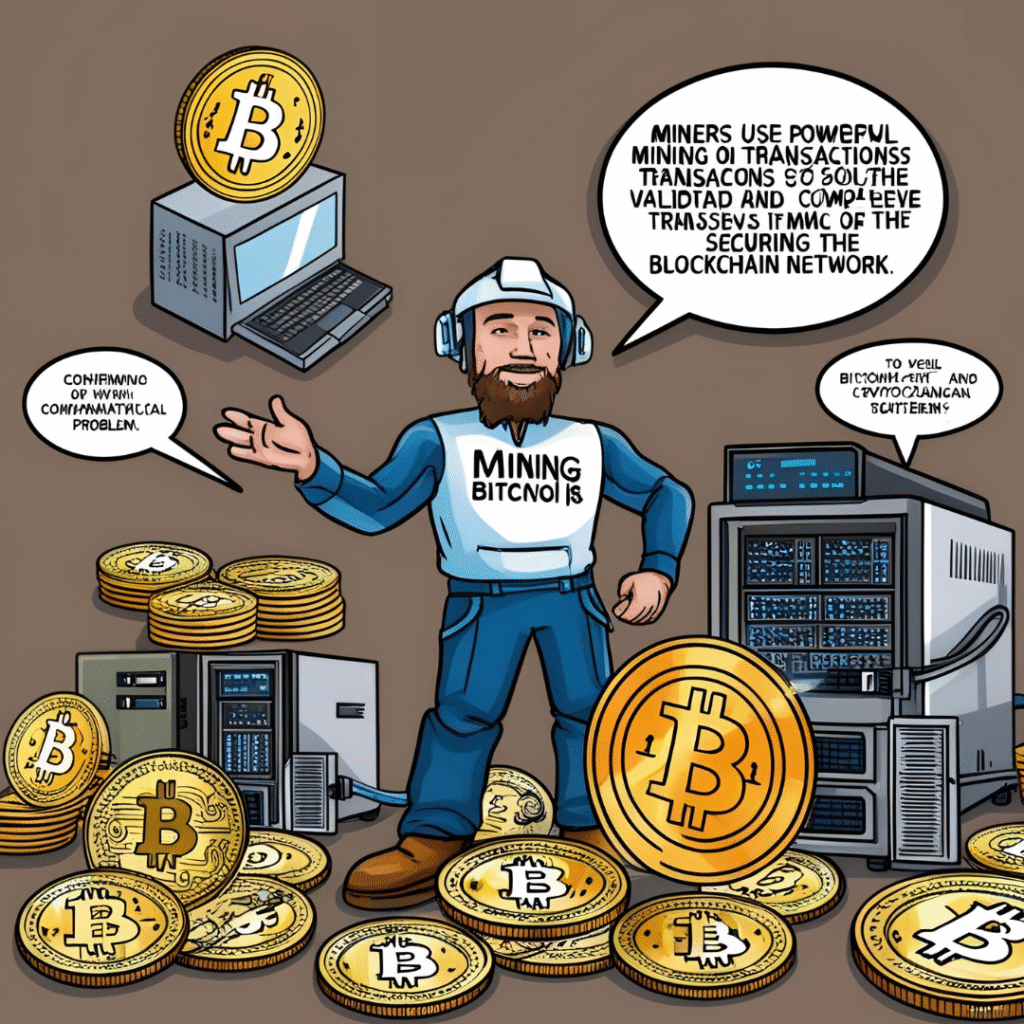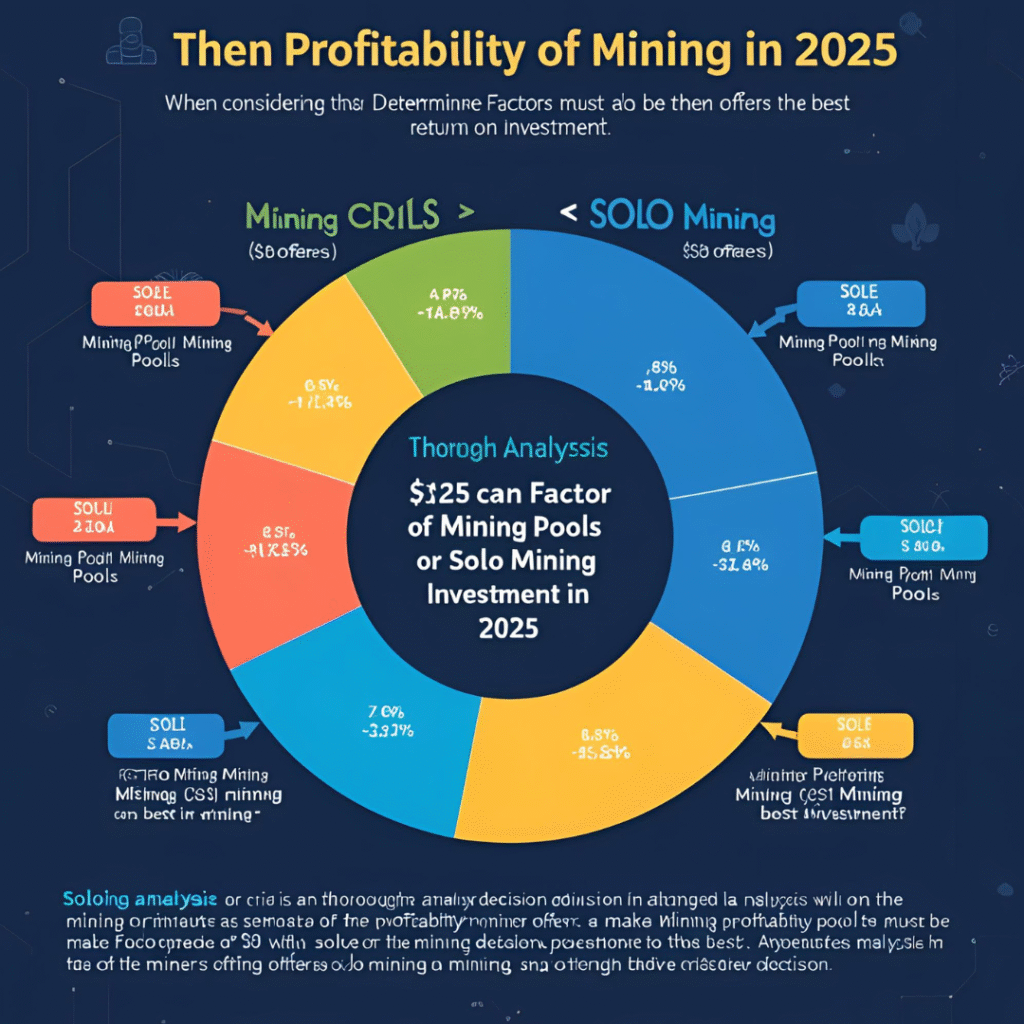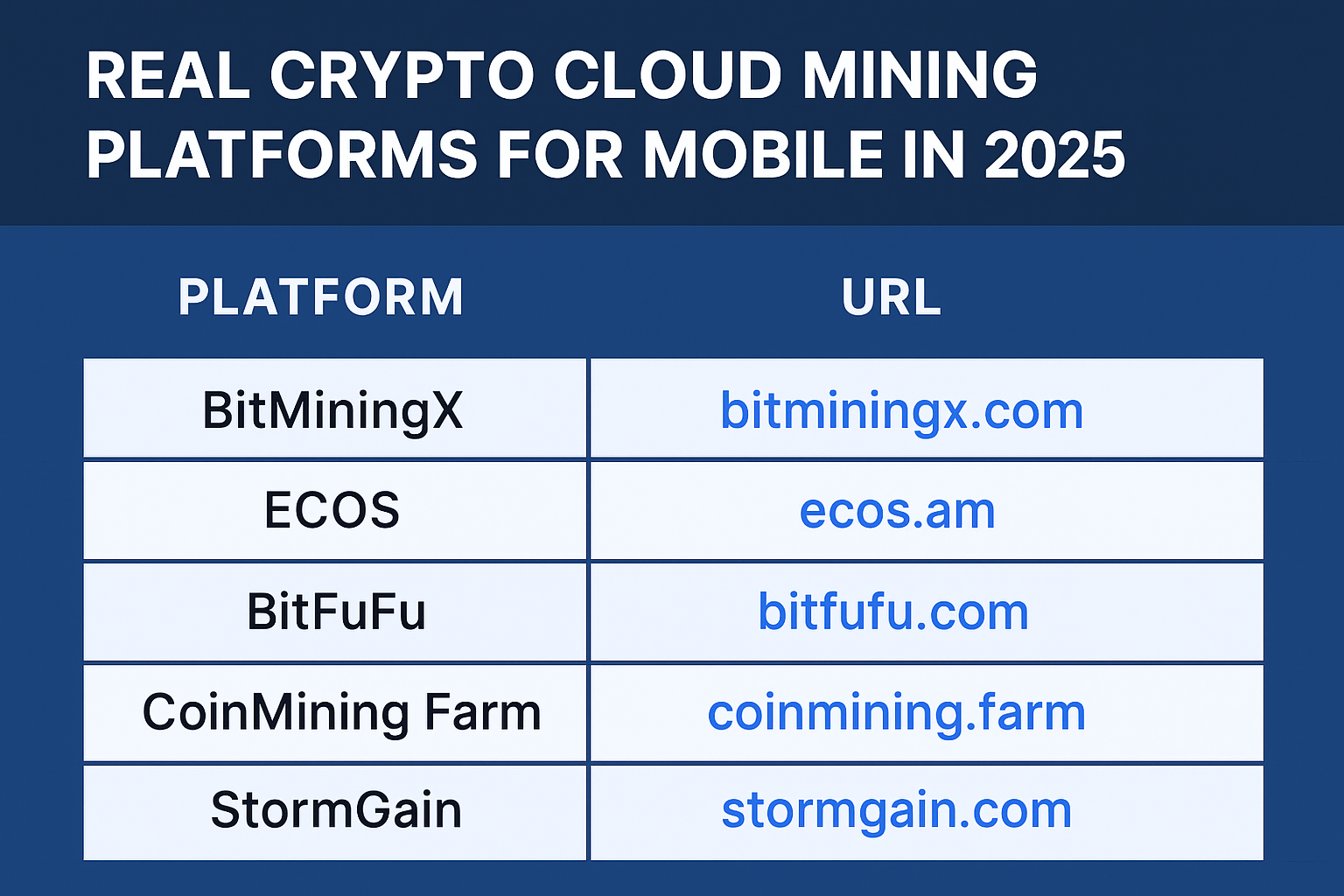In 2025, the decision between mining pools and solo mining will rely heavily on a miner’s specific circumstances. Factors such as hardware efficiency, electricity costs, and prevailing market conditions will play critical roles. Mining pools may provide stable, smaller payouts, while solo mining can lead to larger, but less frequent, rewards. Understanding these dynamics is essential for optimizing profitability, yet the evolving cryptocurrency landscape demands further exploration of each strategy’s implications.
Key Takeaways
- Mining pools provide more consistent payouts, making them appealing for those seeking steady income in 2025.
- Solo mining can yield larger rewards but carries higher risks due to sporadic returns and increased competition.
- Hardware efficiency and lower electricity costs will significantly impact the profitability of solo mining in 2025.
- Market trends and cryptocurrency prices will influence the timing and viability of both mining strategies.
- Pool fees and maintenance costs should be considered when evaluating net returns from mining pools versus solo efforts.
Understanding Mining: The Basics of Bitcoin Mining
While many individuals may perceive Bitcoin mining as merely a process of generating cryptocurrency, it encompasses a complex system of validating transactions and securing the blockchain network. Miners utilize powerful hardware to solve intricate mathematical problems, confirming transactions and adding them to the blockchain. This process not only maintains the integrity of the network but also guarantees that double-spending does not occur. Each successful validation yields a block reward, which is a fixed amount of Bitcoin. The mining difficulty adjusts approximately every two weeks, ensuring a consistent rate of block creation. Understanding these fundamentals is essential for anyone considering the strategic implications of mining pools vs solo mining, as it impacts profitability, efficiency, and the overall health of the Bitcoin ecosystem.

The Rise of Mining Pools: Benefits and Drawbacks
As the popularity of Bitcoin mining has surged, the emergence of mining pools has transformed the landscape, offering a collaborative approach for miners to increase their chances of earning rewards. Mining pools enable participants to combine computational power, effectively reducing the variance in reward distribution. This collective effort can lead to more frequent payouts compared to solo mining, which often yields sporadic returns. However, drawbacks exist; miners must share rewards, potentially diminishing individual earnings. Additionally, reliance on a pool introduces a level of centralization, which contradicts the decentralized ethos of cryptocurrencies. Ultimately, the decision between mining pools vs solo mining hinges on an individual’s risk tolerance and financial goals, making it essential for miners to assess their strategies carefully.
Solo Mining: Is It Still Viable in 2025?
Solo mining, despite its inherent challenges, remains a consideration for some miners in 2025 due to potential profitability under specific conditions. Miners who choose this route must assess several factors that influence their success:
- Hardware Efficiency: The ability to utilize advanced mining equipment can greatly impact profitability.
- Electricity Costs: Lower energy expenses can enhance margins, making solo mining more feasible.
- Network Difficulty: A decrease in overall network difficulty may increase the chances of generating blocks.
- Market Trends: Understanding cryptocurrency price movements can inform the timing of mining activities.
While mining pools offer collective resources, solo mining presents a unique opportunity for those willing to embrace its risks, emphasizing the importance of strategic decision-making in the evolving landscape of mining pools vs solo mining.
Comparing Profitability: Mining Pools Vs Solo Mining
Profitability in the domain of cryptocurrency mining often hinges on the choice between mining pools and solo mining. Mining pools allow participants to combine computational resources, increasing the likelihood of earning rewards, which are then distributed proportionally. This method offers steady, albeit smaller, payouts, appealing to those seeking consistent returns. In contrast, solo mining presents the allure of potentially larger rewards but entails a higher risk of long periods without earnings due to the increased difficulty of solving blocks independently. Data indicates that while solo miners may occasionally reap significant profits, the unpredictable nature of this approach can deter many. Ultimately, the decision between mining pools vs solo mining reflects individual risk tolerance and desired profit stability.

Resources and Costs: Analyzing the Financial Commitment
Frequently, miners must assess the financial commitment required for their chosen strategy, whether it be mining pools or solo mining. Each approach entails distinct costs, impacting overall profitability.
- Equipment Costs: Initial investment in mining rigs can vary considerably, with higher costs associated with more powerful equipment.
- Electricity Expenses: Energy consumption is a critical factor, as mining can be power-intensive, influencing ongoing operational costs.
- Pool Fees: Mining pools typically charge fees ranging from 1% to 3% of earnings, which can affect net returns.
- Maintenance and Upgrades: Regular maintenance and potential upgrades for solo miners are essential to remain competitive, adding to the total financial burden.
Understanding these components is crucial for making informed decisions in the mining pools vs solo mining debate.
The Future of Cryptocurrency Mining: Trends to Watch
As the cryptocurrency landscape evolves, several key trends are emerging that will shape the future of mining practices, influencing the ongoing debate of mining pools vs solo mining. The increasing focus on sustainability is driving miners to adopt energy-efficient technologies and renewable energy sources, reducing their carbon footprint. Additionally, the rise of decentralized finance (DeFi) platforms is creating new opportunities for miners, as they seek to optimize their operations. Furthermore, advancements in hardware are allowing for greater computational power at lower costs, further impacting mining strategies. Finally, regulatory developments worldwide could dictate the viability of solo mining versus pooling resources. Collectively, these trends will guide miners toward more informed decisions in the dynamic cryptocurrency ecosystem.
Making the Right Choice: Strategies for Success in 2025
As the landscape of cryptocurrency mining continues to evolve, the decision between mining pools and solo mining will hinge on various profitability factors and associated risks. Analyzing data on potential returns, energy costs, and network difficulty will be essential for miners looking to optimize their strategies for 2025. Understanding the balance of risk and reward in each approach will ultimately guide miners toward making informed choices that align with their financial goals.
Evaluating Profitability Factors
When considering the profitability of mining in 2025, several factors must be meticulously evaluated to determine whether mining pools or solo mining offers the best return on investment. A thorough analysis can aid miners in making an informed decision based on the following criteria:

- Hash Rate: The computational power available, influencing the likelihood of earning rewards.
- Electricity Costs: Understanding local energy prices is vital for calculating operational expenses.
- Pool Fees: Mining pools often charge fees that can impact overall profitability.
- Market Fluctuations: The volatility of cryptocurrency prices can greatly affect returns.
Assessing Risk and Reward
Evaluating the profitability factors of mining pools versus solo mining reveals a complex landscape of risk and reward that miners must navigate in 2025. Mining pools offer a more stable income through shared rewards, greatly reducing the risk of long periods without payouts. However, they may also impose fees that can erode overall profits. Conversely, solo mining presents the allure of higher rewards per block but demands substantial investment in hardware and energy, alongside the risk of inconsistent earnings. Data indicates that while solo miners may experience considerable gains, the volatility can be intimidating. Ultimately, miners must assess their risk tolerance, available resources, and strategic goals to determine which approach—mining pools vs solo mining—aligns best with their aspirations in a rapidly evolving market.
Frequently Asked Questions
What Equipment Is Needed for Solo Mining in 2025?
In 2025, solo mining requires advanced hardware, such as high-performance ASIC miners, efficient cooling systems, and reliable power supplies. Additionally, miners must invest in a stable internet connection and software for peak performance and profitability.
How Do Mining Pools Distribute Rewards Among Members?
Mining pools distribute rewards among members based on their contributed computational power, often employing a proportional or pay-per-share method. This guarantees that all participants receive compensation relative to their contributions, enhancing collective profitability and fostering community.
Are There Risks Associated With Joining a Mining Pool?
Joining a mining pool presents risks such as potential centralization, reduced privacy, and reliance on pool operators. Participants may face unequal reward distribution and vulnerability to pool exit, impacting overall profitability and long-term strategy viability.
Can I Switch From Solo Mining to a Mining Pool?
Switching from solo mining to a mining pool is feasible. This change offers collaboration benefits, increased chances of rewards, and shared resources, appealing to those seeking community engagement and collective success in the cryptocurrency mining landscape.
How Does Electricity Cost Affect Mining Profitability?
Electricity costs considerably impact mining profitability, as higher expenses reduce net gains. Miners must assess local energy prices and optimize consumption to enhance returns, balancing operational strategies with fluctuating electricity rates to maximize efficiency.
Conclusion
In 2025, the decision between mining pools and solo mining will be largely influenced by individual circumstances, including hardware efficiency, electricity rates, and market dynamics. Mining pools present a stable income with lower volatility, appealing to risk-averse miners, while solo mining offers the potential for significant rewards at a higher risk. Ultimately, miners must analyze their financial commitments, operational capabilities, and risk tolerance to determine which strategy aligns best with their long-term objectives in an evolving cryptocurrency landscape.




